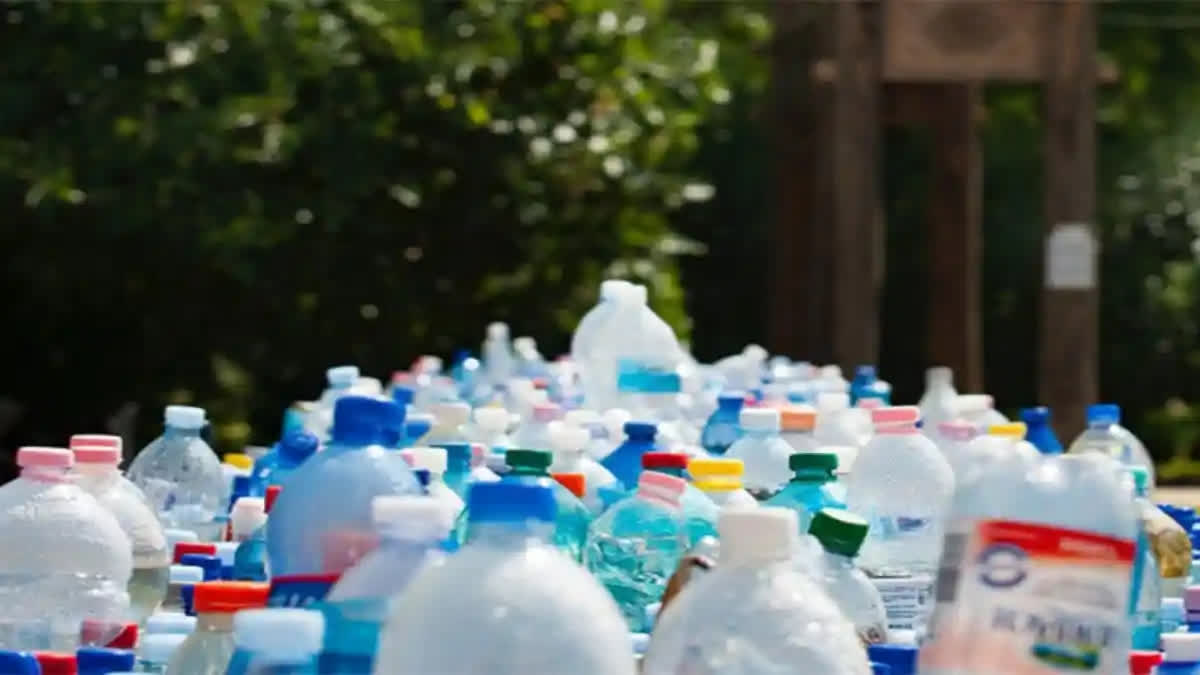Panaji:Polymers in microplastics may pose a risk to the Indo-Gangetic plain, a study on the Ganga and Yamuna rivers by the Goa-based CSIR-National Institute of Oceanography (NIO) has said.
Researchers behind the study have said their findings could serve as a starting point for an action plan required by municipal corporations to "mitigate plastic pollution and target the possible sources at each location."
The study, titled A comprehensive assessment of macro and microplastics from Rivers Ganga and Yamuna: Unveiling the seasonal, spatial and risk factors', has been published in the Journal of Hazardous Materials' on Saturday.
As per the study, conducted by a team led by CSIR-NIO principal scientist Dr Mahua Saha, microplastics were detected in the Ganga from Haridwar to Patna, with the pollutant concentration being higher during wet (rainy) season than the dry season. The high-hazard polymers in microplastics may pose a risk to the Indo-Gangetic plain, it said.
In surface water, during the wet season, the highest abundance of microplastics was found in Haridwar and the lowest was observed in Patna. During the dry season, Agra had the highest affluence of microplastics, while Patna and Haridwar had the lowest concentration, as per the researchers.
During the study, the researchers also identified the plastic leakage vulnerable regions using GIS applications and field surveys.
Among all, Agra recorded the highest plastic leakage followed by Prayagraj, Patna and Haridwar. In contrast, the microplastic concentration was highest during the wet season compared to the dry season for surface water, water column and sediments, it said.
